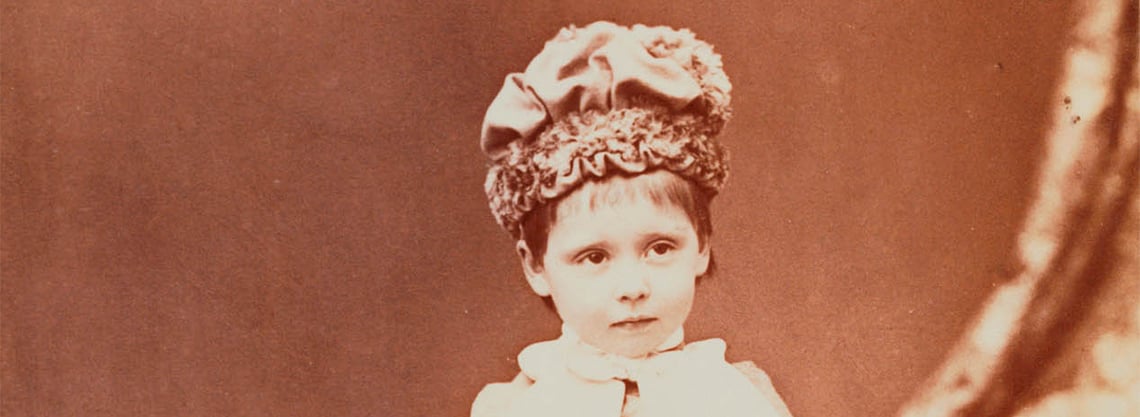
Architecture and Topography
Photography, at its very beginning, required extremely long exposures, sometimes up to 30 minutes. This meant that still objects in full sunshine were the only possible candidates for the earlier photographers. Architecture and topographical views became therefore some of their favourite subjects, despite several technical issues.
Because of the long exposures, in fact, the camera was not able to capture moving objects, such as people or traffic along a busy road, and even the cloudiest sky invariably resulted overexposed, forming a plain, bright area, sometimes disturbing to the eye. Wind was another problem the photographer had to face, in particular when dealing with natural landscapes or gardens.
Architecture and topography, though, always remained dear subjects to photographers of all times, who often produced images which are not only artistically valuable but also extremely precious records from a historical point of view.
Photography was an extremely effective way to record the architecture and people of foreign places, often both geographically and culturally very far from Victorian England, such as the Near East as seen by the Prince of Wales during his tour in 1862. The camera also documented places closer to home, such as Coburg and Gotha, the homeland of Prince Albert. Queen Victoria had visited the area with him in 1845 and, some years later, she decided to recreate the tour with the help of photography. The commission was given to Francis Bedford, who travelled to Coburg in 1857 and to Gotha in 1858, following the Queen’s instructions. The result was two photograph albums which Queen Victoria presented to her husband as birthday gifts on those two consecutive years.
Windsor Castle was the subject chosen by Roger Fenton for a series of thirty-one photographic views he produced in 1860. Despite the full access to the grounds granted to him by the Lord Chamberlain’s Office, Fenton chose conventional views of areas open to the public, which, filtered through his exceptional photographic vision, created superlative results. Fenton was a central figure in British photography between 1852 and 1862, drawing his contemporaries’ attention with the excellent quality of his prints and his virtuoso performances with the camera. In an article published in the Journal of the Photographic Society (21 May 1858) a critic wrote ‘No one can touch Fenton in landscape: he seems to be to photography what Turner was to painting.’







